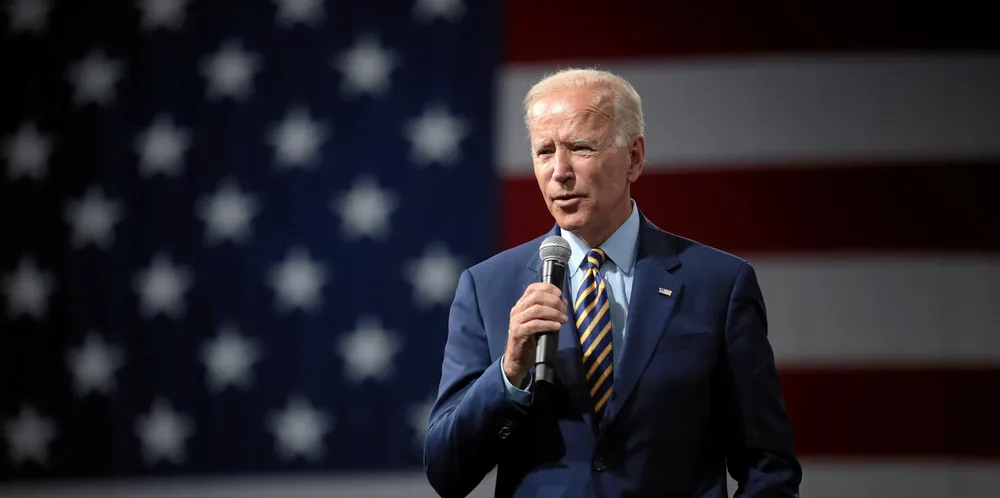US reveals seven regional Hydrogen Hubs to receive $7bn of government funding
White House says the clean H2 developments will 'catalyse more than $40bn in private investments'

White House says the clean H2 developments will 'catalyse more than $40bn in private investments'
